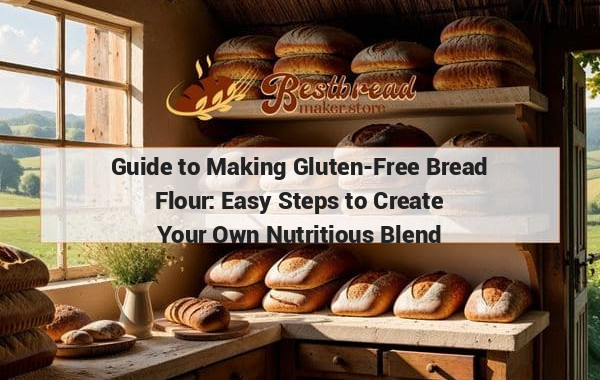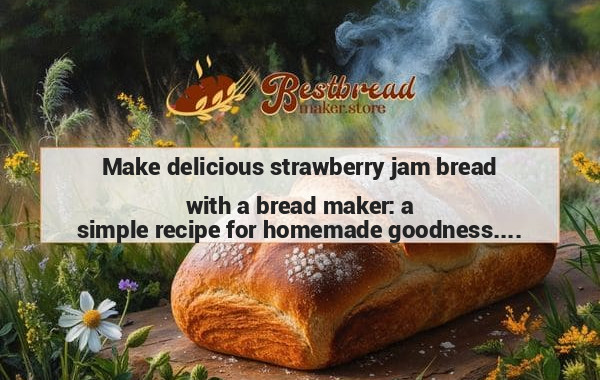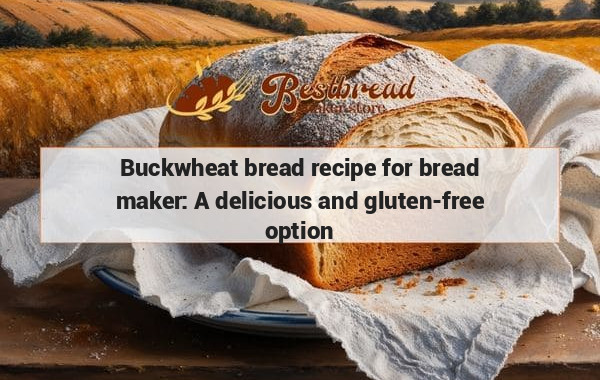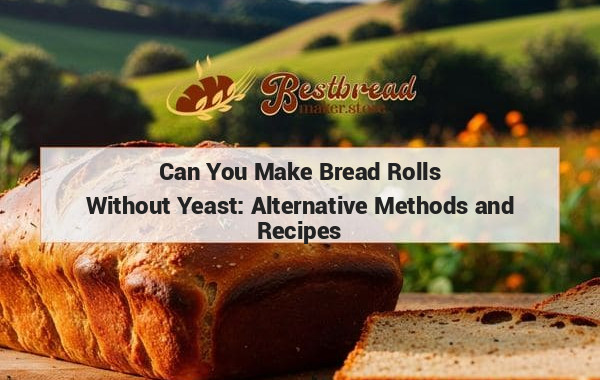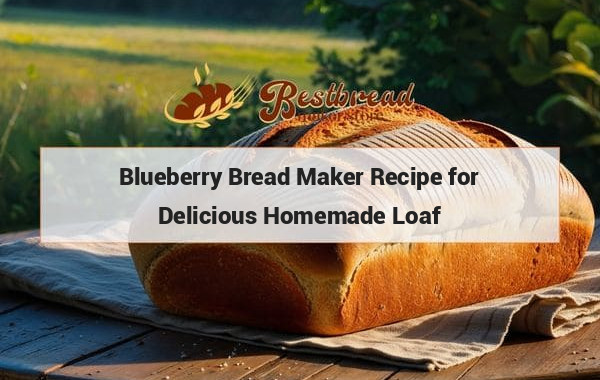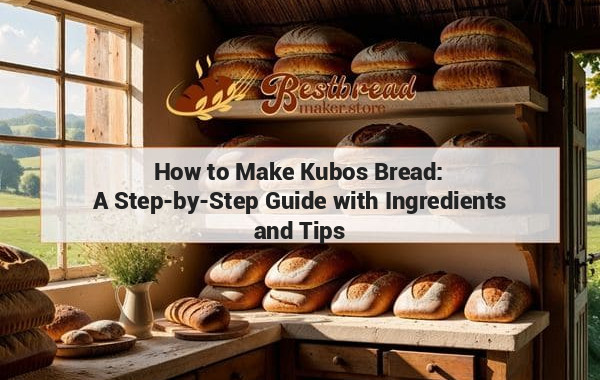Guide to Making Gluten-Free Bread Flour: Easy Steps to Create Your Own Nutritious Blend
To make gluten-free bread flour at home, combine equal parts of gluten-free flour like rice flour, tapioca flour, and potato starch. Mix well and store in an airtight container for future use in bread recipes. Gluten-free bread flour can be used as a substitute for regular flour in gluten-free baking to create delicious and fluffy bread without the gluten. Add xanthan gum for better texture and structure if your flour blend doesn't already contain it. Enjoy baking your favorite gluten-free bread with this homemade flour blend!
How to Make Gluten-Free Bread Flour
If you're looking for a way to make gluten-free bread flour at home, this guide will walk you through the steps, ingredients, and tips to ensure success. Whether you have celiac disease or are gluten-sensitive, having a homemade gluten-free bread flour mix can be a game-changer for your baking.
Key Takeaways:
You can create a high-quality gluten-free bread flour by combining flours like rice, tapioca, and potato starch, along with xanthan gum to mimic gluten's elasticity. This mix will help you bake bread that's both soft and flavorful.
Understanding Gluten-Free Bread Flour and Why It Matters
Gluten is a protein that gives traditional bread its structure and chewiness. However, for people with gluten intolerance, celiac disease, or those simply avoiding gluten, baking bread without gluten can be tricky. The challenge is to replace gluten with a combination of other ingredients that offer similar properties.
By learning to mix your own gluten-free bread flour, you'll have full control over what goes into your flour mix, which is especially helpful for avoiding additives found in commercial blends.
What Makes Gluten-Free Bread Different?
When baking gluten-free, you're working without the protein that typically holds the dough together. This is where other ingredients come into play to mimic the structure and texture that gluten provides. For this, we often use a combination of rice flour, potato starch, tapioca flour, and binding agents like xanthan gum or guar gum. These ingredients help to give your bread the texture and rise you're used to from traditional wheat-based bread.
How to Make Your Own Gluten-Free Bread Flour
Making your own gluten-free bread flour requires only a few simple ingredients that can be easily found in most grocery stores. Here's a standard recipe for a balanced gluten-free bread flour mix:
- 2 cups white rice flour
- ¾ cup potato starch
- ¾ cup tapioca flour
- 1 teaspoon xanthan gum
Mix these together thoroughly, and you’ll have a gluten-free bread flour blend ready to use in any bread recipe.
Why Each Ingredient is Important
Rice Flour
Rice flour provides bulk to your gluten-free flour blend. It’s a neutral-tasting flour that forms the base of most gluten-free flour mixes. Using white rice flour keeps the flavor mild and the texture smooth.
Potato Starch
Potato starch helps add moisture and softness to the bread. It also assists in achieving the right crumb structure, making the bread less dense.
Tapioca Flour
Tapioca flour contributes elasticity and helps the dough stretch. This is essential for replicating the chewiness that gluten provides in traditional bread.
Xanthan Gum
Xanthan gum is a crucial ingredient in any gluten-free baking mix. It helps bind the dough together, which prevents the bread from crumbling and falling apart. It mimics the stretchy nature of gluten, which is key for bread dough.
Variations and Adjustments for Different Results
You can experiment with the ratios of these ingredients to customize your gluten-free bread flour to fit your needs. For example, adding sorghum flour or oat flour can enhance flavor and nutrition. Buckwheat flour can be used to create a heartier, denser bread. Keep in mind that different flours absorb water differently, so you may need to adjust the liquid content of your dough accordingly.
Add Other Ingredients for Flavor and Texture
- Sorghum Flour: Adds a mild, sweet flavor and enhances the nutritional profile.
- Millet Flour: Provides a light, nutty taste and a fine texture.
- Buckwheat Flour: For a rich, earthy flavor and more robust texture.
Feel free to tweak the ratios depending on the type of bread you're making. For instance, you might prefer a lighter blend for sandwich bread and a denser mix for rustic loaves.
Baking Tips for Gluten-Free Bread Flour
Gluten-free bread can be more challenging than regular bread due to the absence of gluten, but a few key tips can ensure success:
- Moisture is Essential: Gluten-free doughs tend to be much wetter than traditional doughs. This is normal, so don’t be tempted to add extra flour. Instead, use wet hands or a spatula to shape the dough.
- Don't Skip the Xanthan Gum: This ingredient is key to holding everything together. Without it, your bread may crumble.
- Let it Rise: Gluten-free bread needs a warm, draft-free spot to rise. The dough won’t double in size as regular bread does, but it should puff up noticeably.
Frequently Asked Questions
1. Can I make gluten-free bread without xanthan gum?
Yes, you can replace xanthan gum with other binding agents like guar gum or psyllium husk powder. However, xanthan gum is the most commonly used due to its effectiveness in providing elasticity to the dough.
2. Why is my gluten-free bread so dense?
Gluten-free bread can be dense if there's not enough moisture in the dough or if the yeast hasn't activated properly. Ensure that you're using the right amount of liquid and give the dough enough time to rise.
3. Can I freeze my gluten-free bread flour mix?
Yes! Gluten-free bread flour mix can be stored in an airtight container in the freezer for up to six months. Make sure to bring it to room temperature before using it in recipes.
4. What can I use instead of rice flour?
If you don't want to use rice flour, sorghum flour, or millet flour, they make great substitutes. These flours offer similar properties but slightly different textures and flavors.
5. How do I know when my gluten-free bread is done baking?
Gluten-free bread is usually done when it reaches an internal temperature of 200°F (93°C). You can also tap the bottom of the loaf; if it sounds hollow, it’s done.
When you're ready to bake delicious gluten-free bread, having a reliable gluten-free bread flour mix is key. With just a few ingredients and some experimentation, you’ll be able to make your own blend that’s perfect for your dietary needs.
If you're looking for the best tools to make your gluten-free baking journey even easier, check out bestbreadmaker.store for recommendations on the top bread machines for gluten-free baking.

